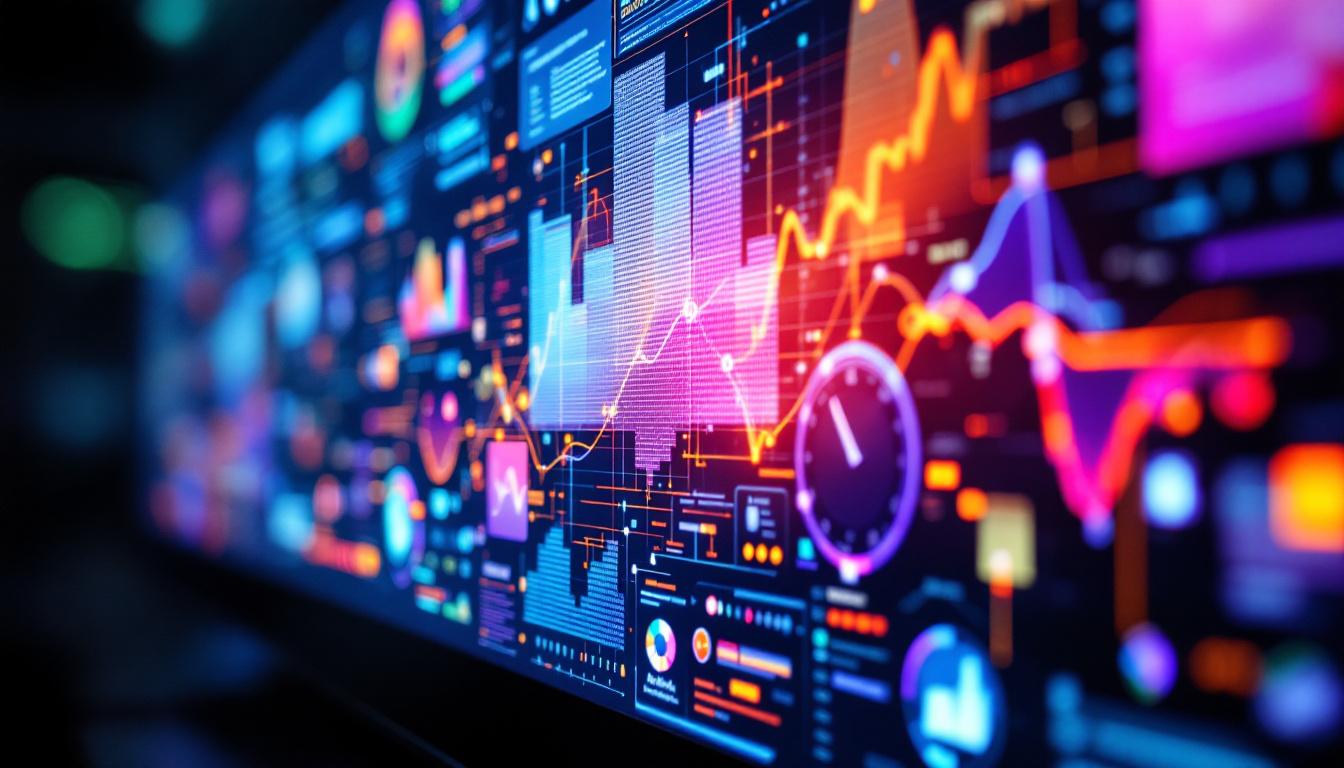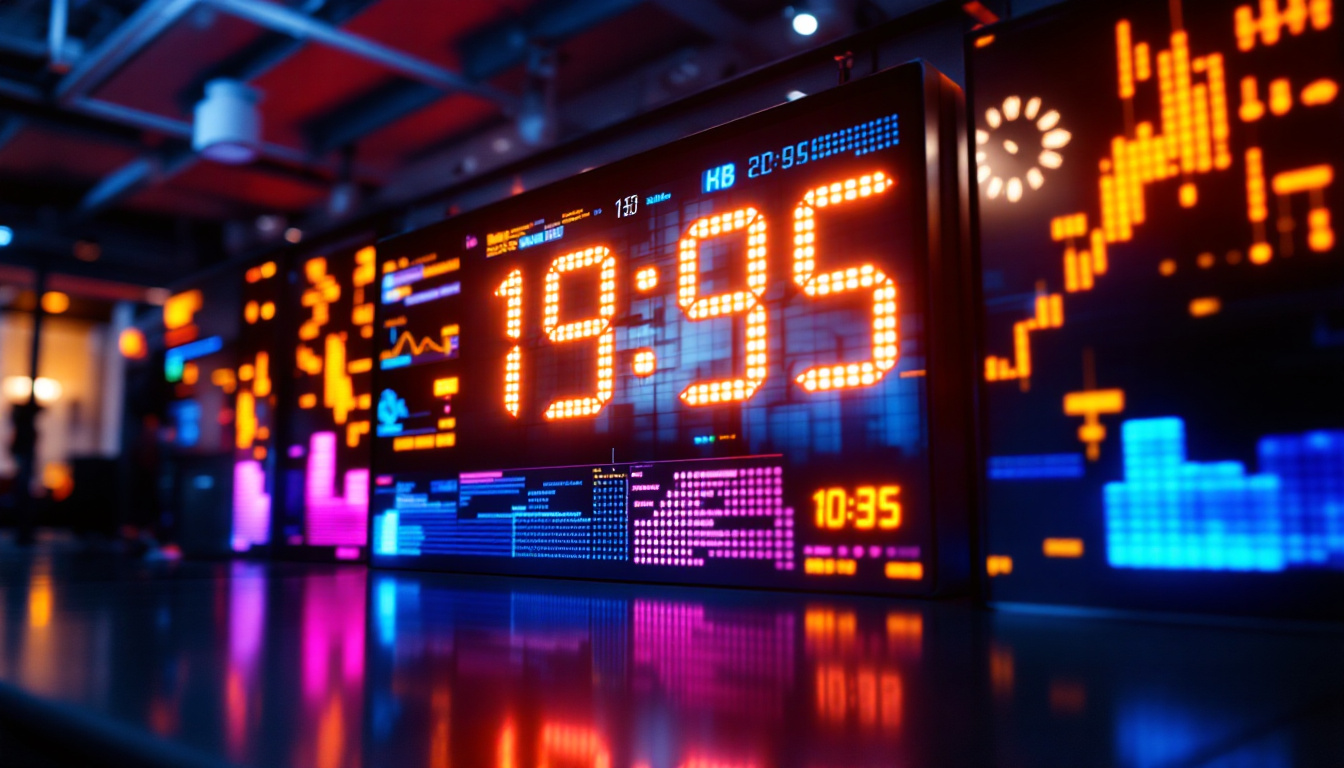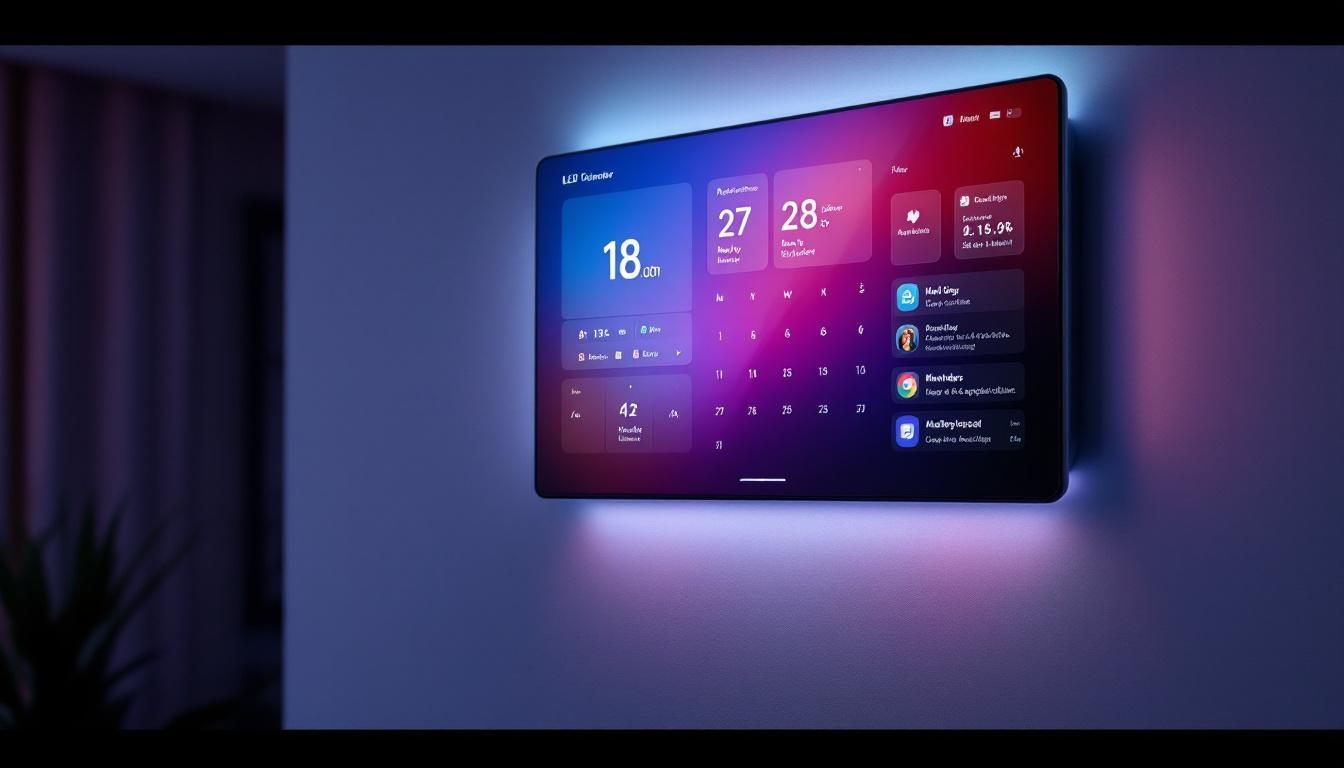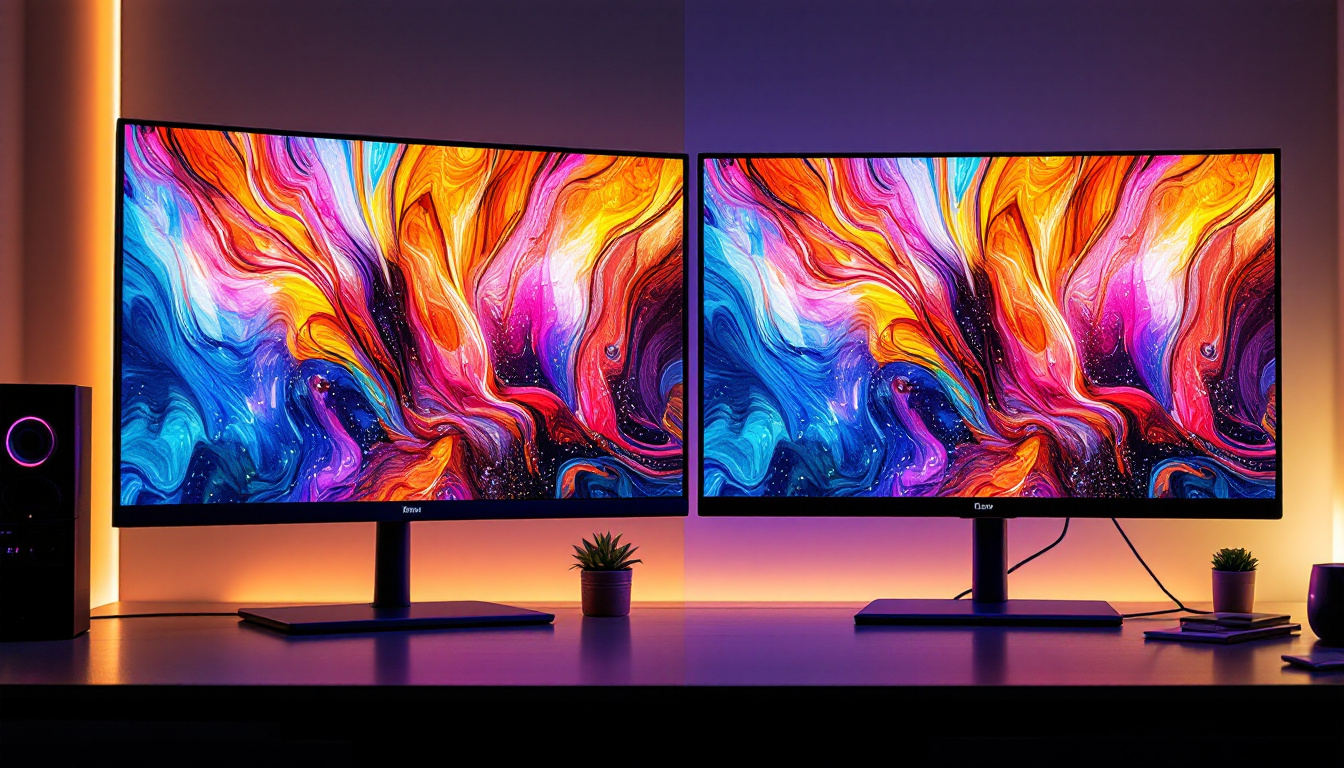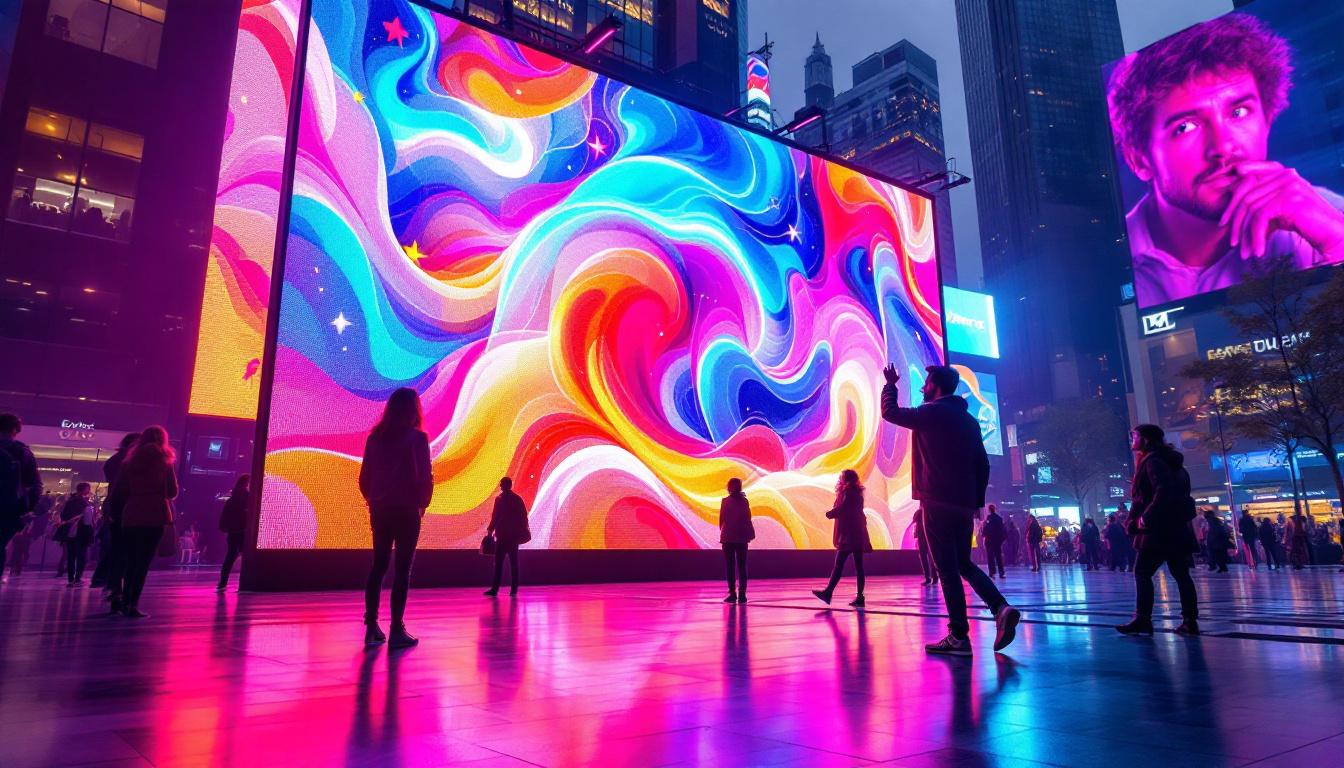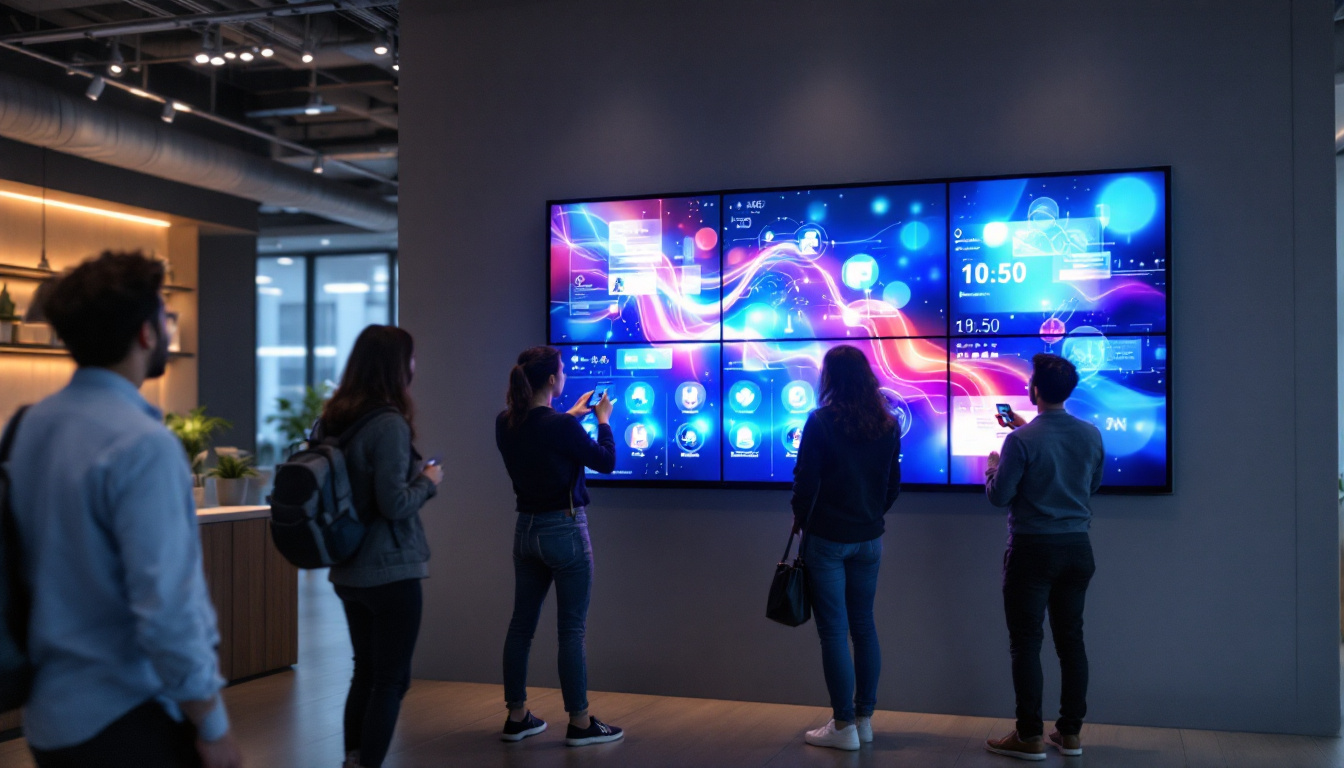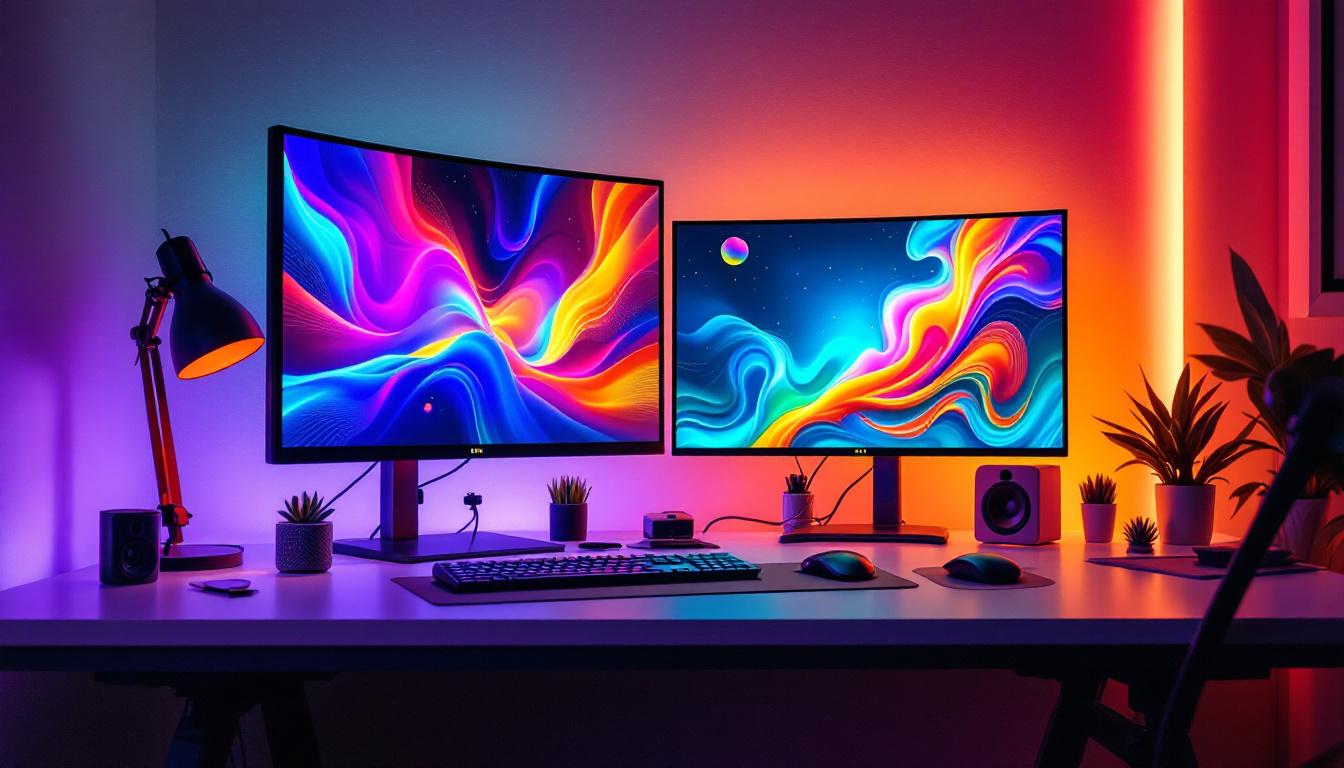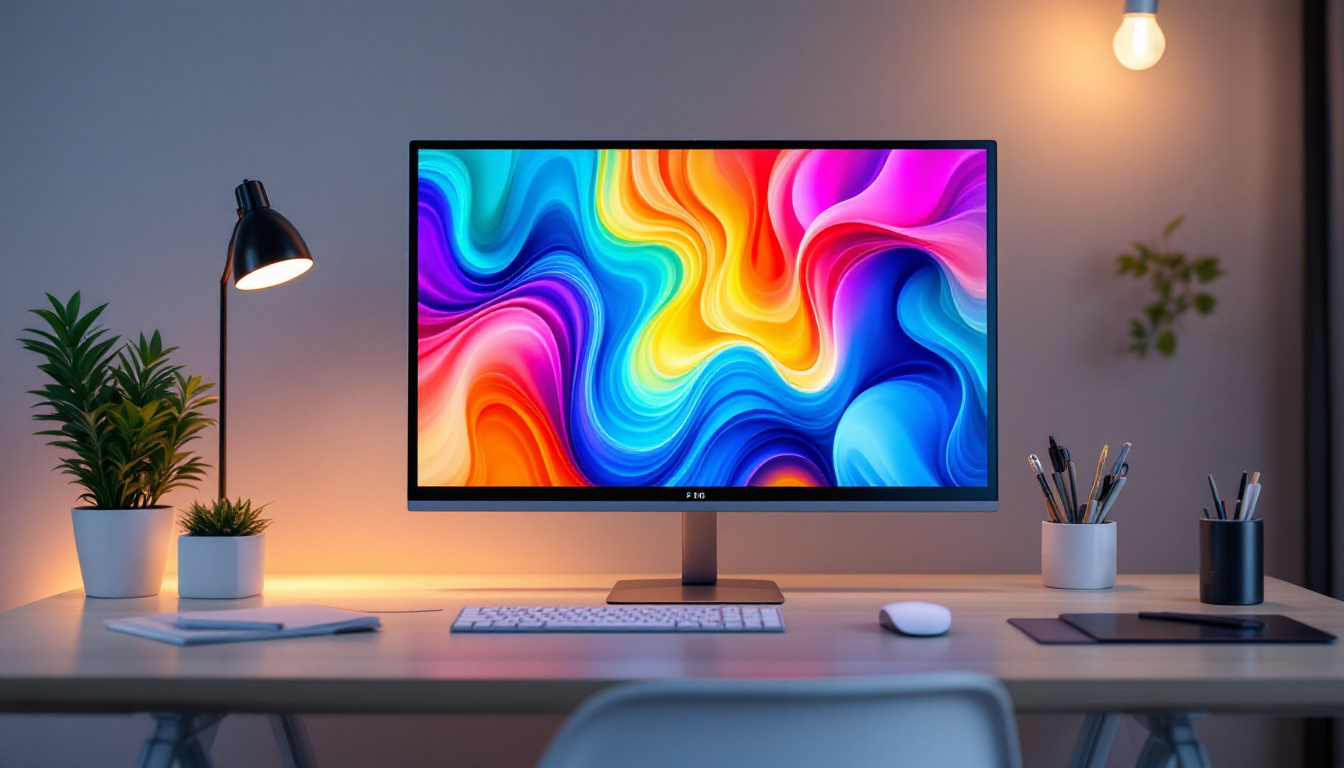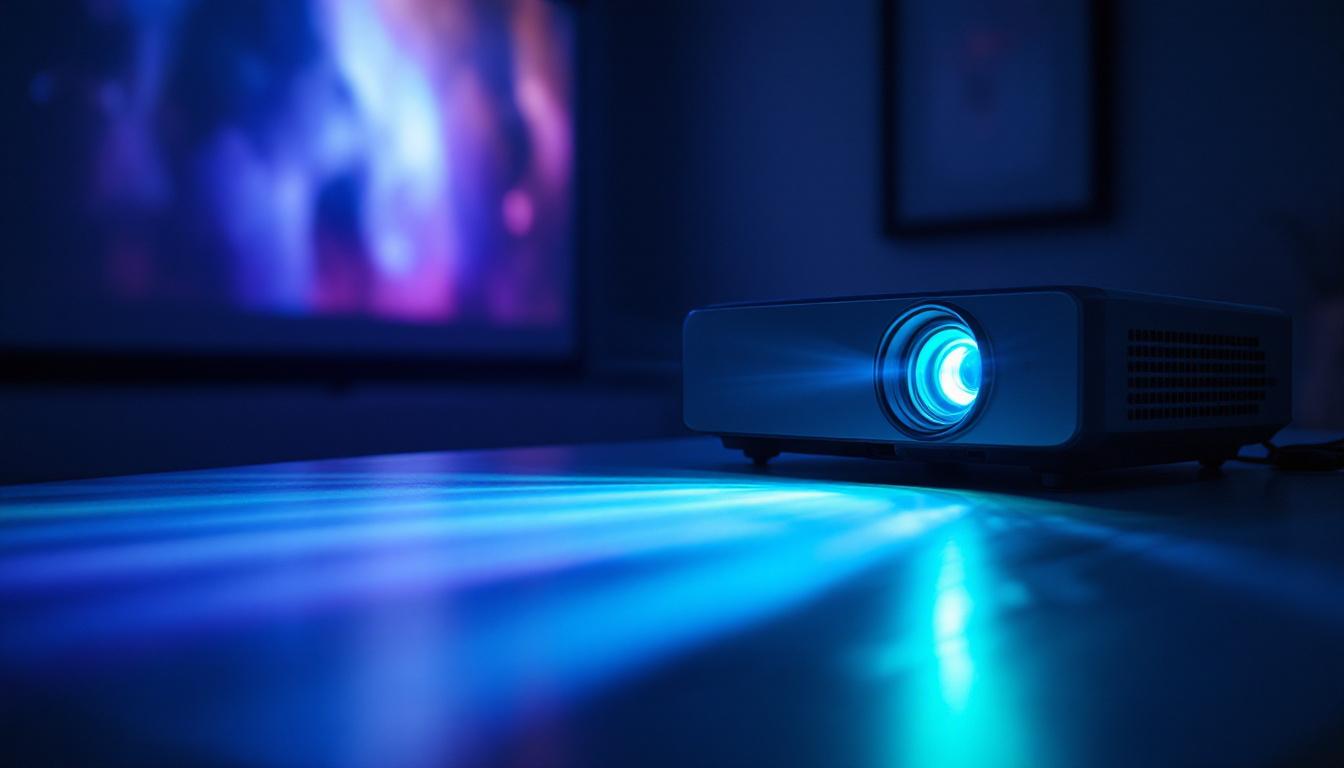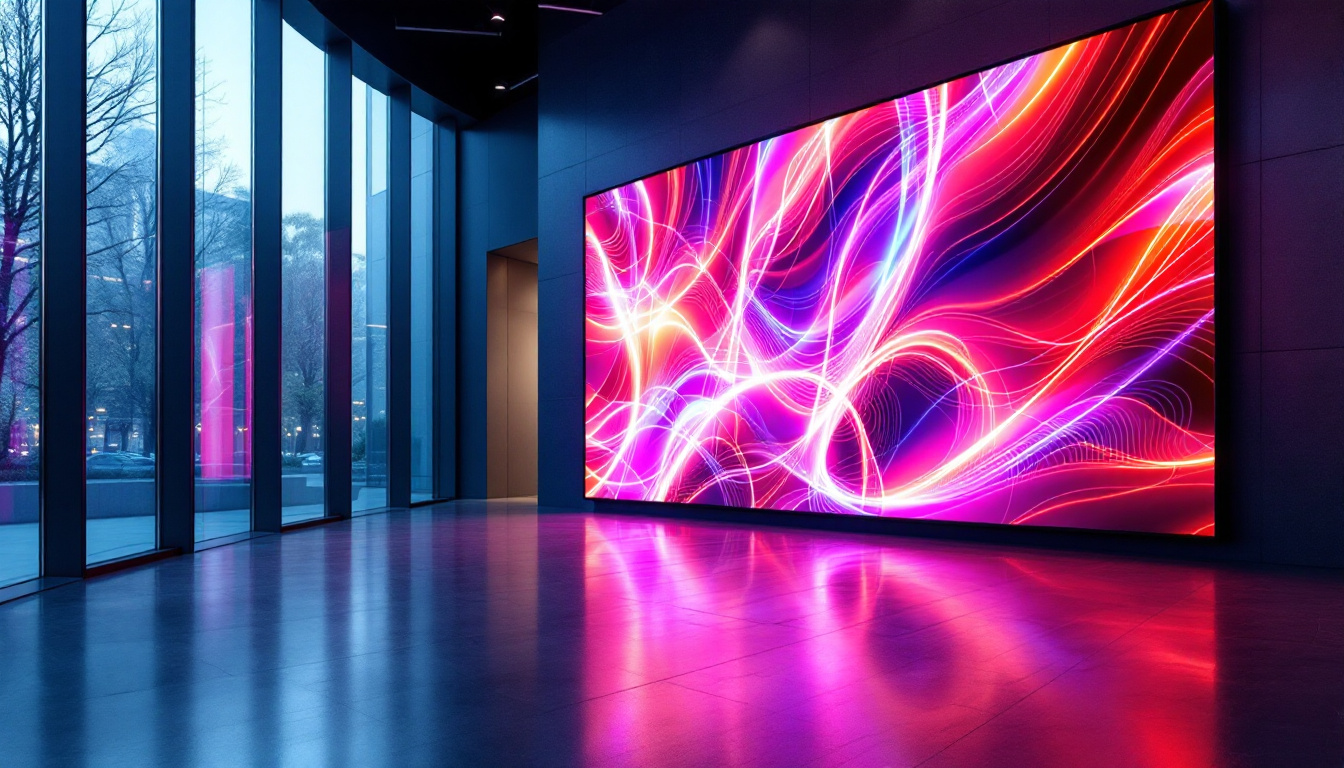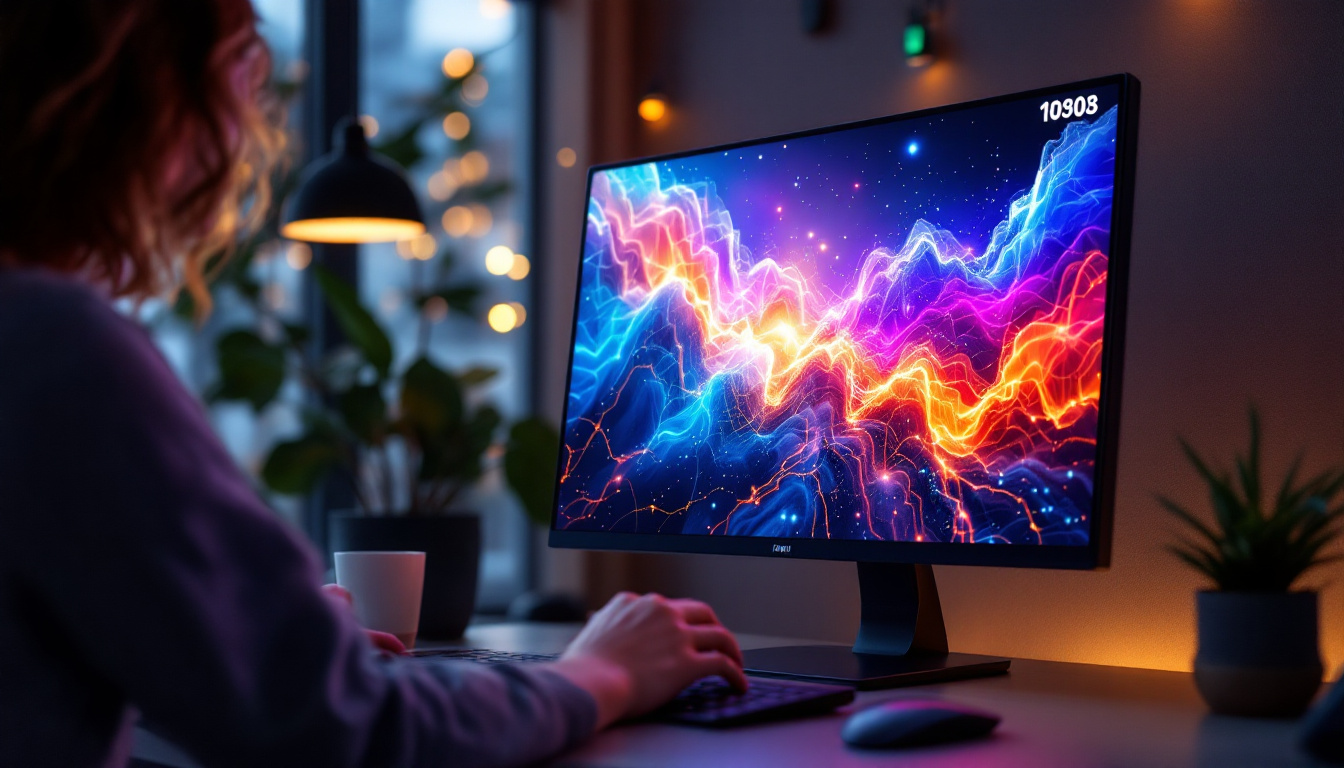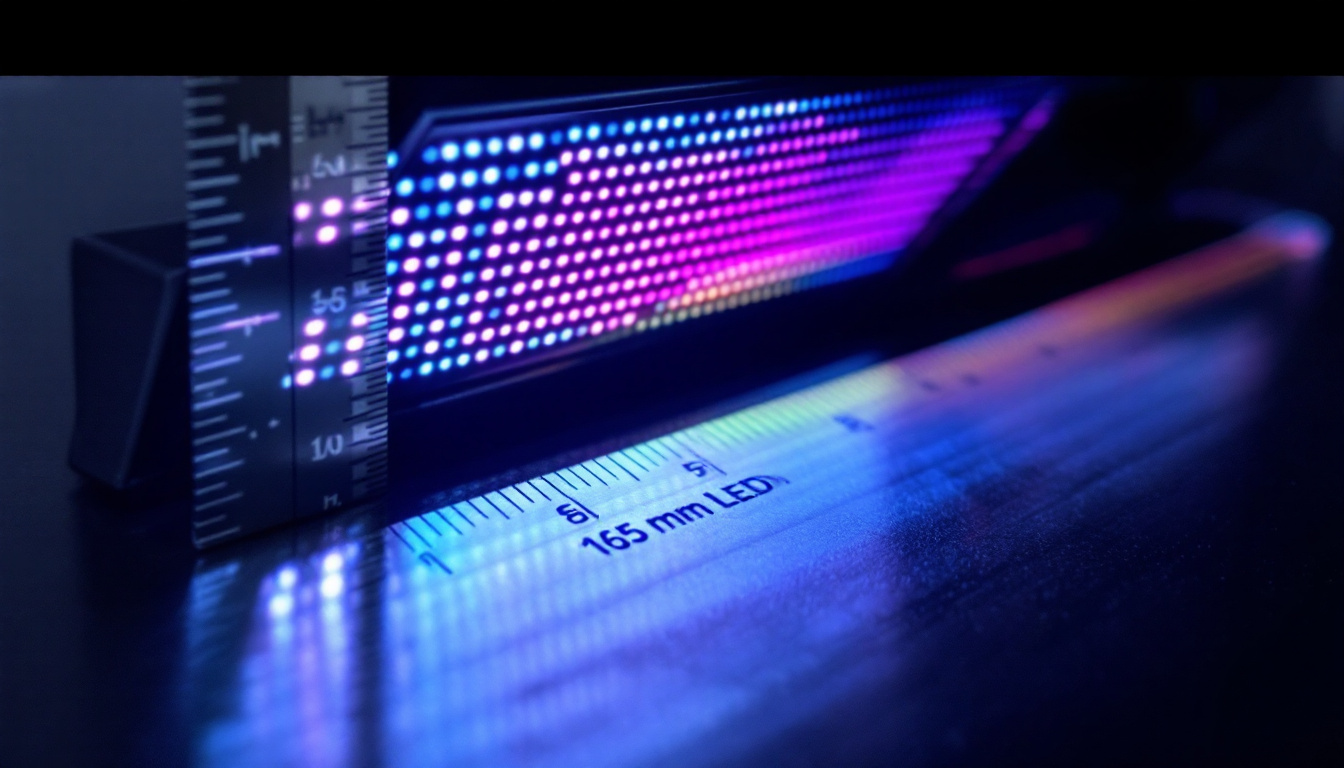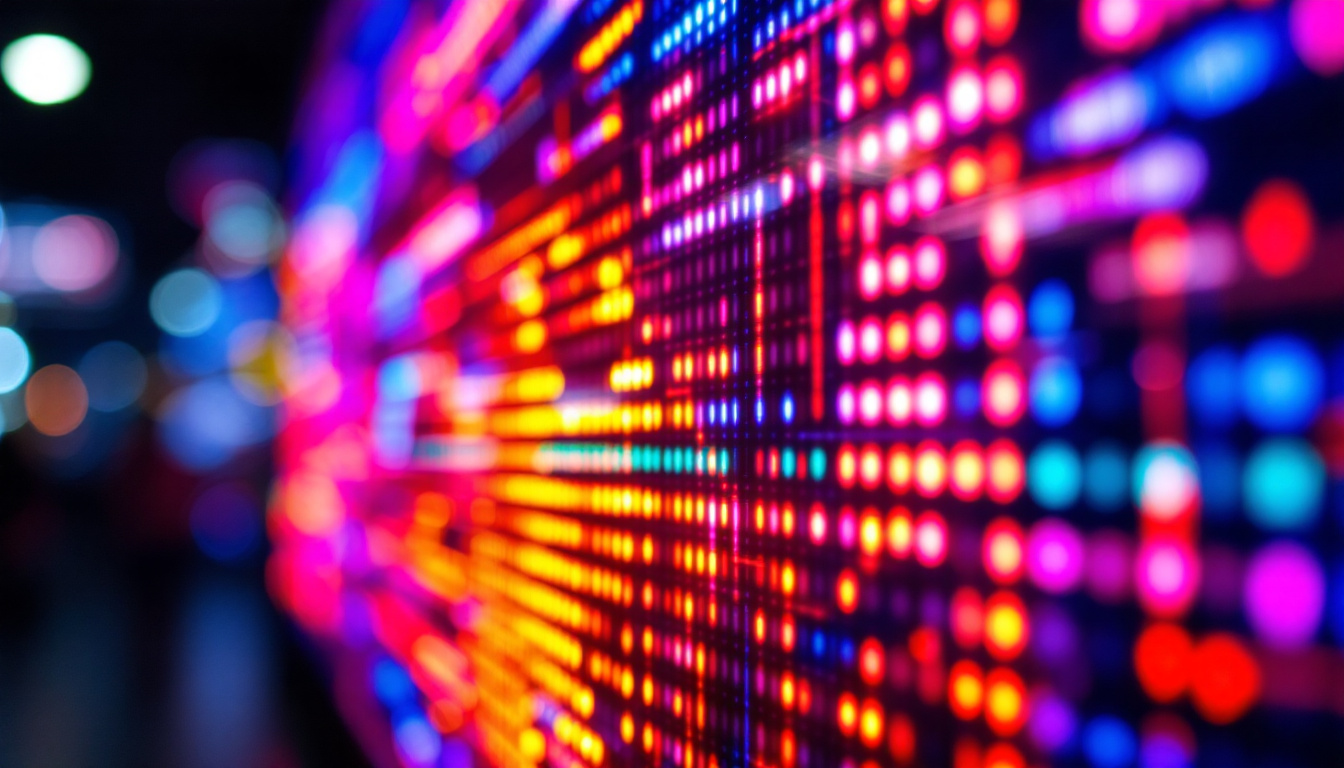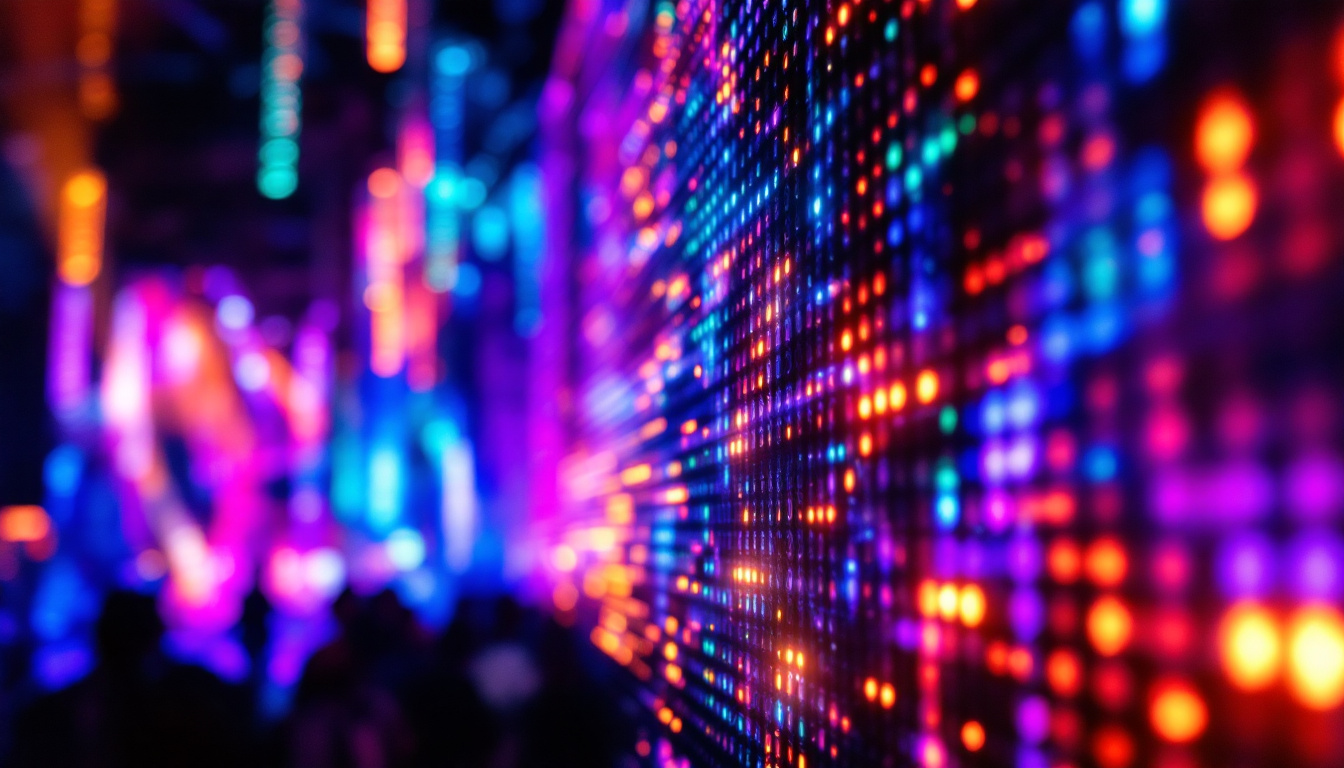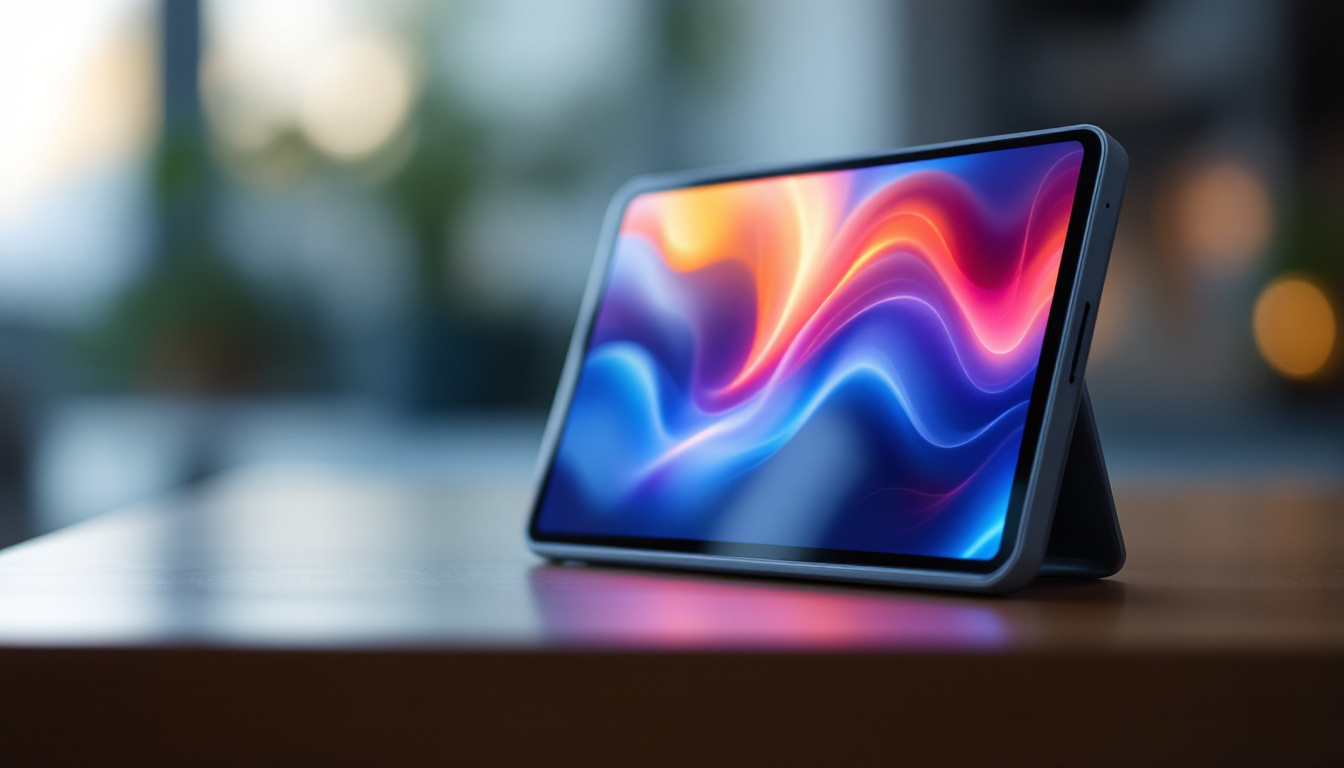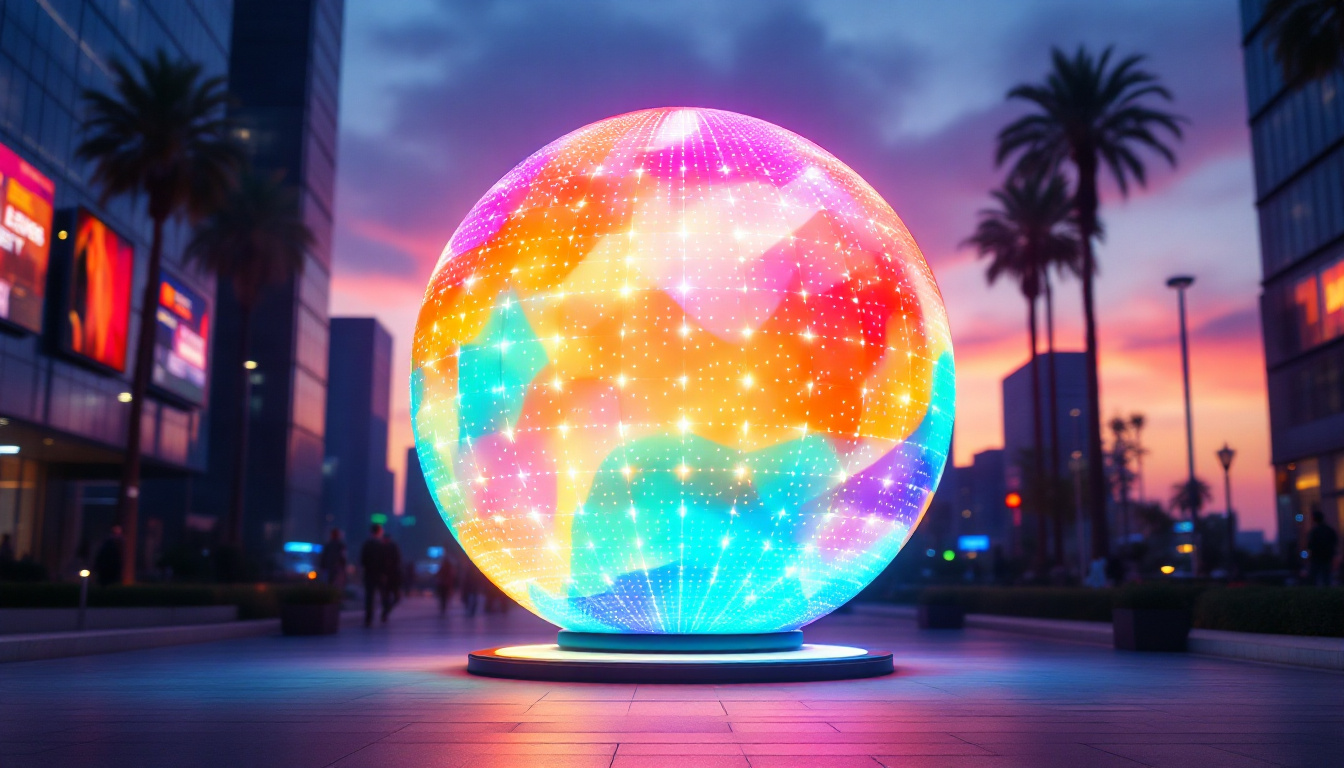In today’s fast-paced commercial environment, effective communication and eye-catching visuals are crucial for businesses aiming to capture customer attention and convey their brand message. One of the most powerful tools in this arena is the LED display screen. From storefronts and corporate lobbies to trade shows and outdoor advertising, LED displays have transformed how businesses present information and engage audiences.
This comprehensive article explores the technology behind LED displays, their advantages, applications, and considerations for businesses looking to invest in this dynamic medium.
Understanding LED Display Technology
What Is an LED Display?
LED stands for Light Emitting Diode, a semiconductor device that emits light when an electric current passes through it. An LED display screen consists of thousands to millions of these tiny diodes arranged in a grid to form images, videos, or text. Unlike traditional LCD or projection screens, LED displays generate their own light, which results in brighter and more vibrant visuals. This self-illuminating property not only enhances the viewing experience but also allows for thinner and lighter designs, making them more versatile for various applications.
There are two primary types of LED displays used in business: direct view LED and LED-backlit LCD. Direct view LED screens use individual LEDs to create the image itself, making them ideal for large-format displays like billboards and stadium screens. LED-backlit LCDs use LEDs as a backlight source behind an LCD panel, common in smaller monitors and TVs. The choice between these types often depends on the specific use case; for instance, direct view LEDs are preferred for outdoor settings due to their superior brightness and visibility in sunlight, while LED-backlit LCDs are often more cost-effective for indoor environments.
How Do LED Displays Work?
Each LED pixel is composed of red, green, and blue diodes. By varying the intensity of these three colors, the display can produce a full spectrum of colors. The resolution of an LED display depends on the pixel pitch—the distance between the centers of two adjacent pixels. A smaller pixel pitch means higher resolution and sharper images, which is particularly important for close-up viewing. This capability makes LED displays suitable for a wide range of applications, from advertising and entertainment to information dissemination in corporate environments.
Modern LED displays often incorporate advanced control systems that allow for real-time content updates, remote management, and synchronization across multiple screens. This flexibility makes LED displays highly adaptable to different business needs. For instance, in a retail setting, a store can quickly change promotional content to reflect seasonal sales or new product launches, ensuring that customers are always engaged with the latest information. Additionally, features like high dynamic range (HDR) and enhanced color accuracy further elevate the visual experience, making LED displays not just a tool for communication, but also a medium for artistic expression and brand storytelling.
Advantages of LED Displays for Businesses
High Visibility and Brightness
One of the standout benefits of LED displays is their superior brightness. LEDs can produce light levels far beyond those possible with traditional display technologies, ensuring content remains visible even in direct sunlight. This makes LED screens especially valuable for outdoor advertising, retail windows, and public spaces where ambient light conditions vary.
According to industry reports, LED displays can achieve brightness levels exceeding 5,000 nits, compared to around 300-500 nits for typical LCD screens. This brightness advantage translates into better visibility and higher engagement rates.
Energy Efficiency and Longevity
LED technology is renowned for its energy efficiency. LEDs consume significantly less power than incandescent or fluorescent lighting and even outperform many other display types in energy usage. This efficiency helps businesses reduce operational costs, especially when displays run for extended hours.
Moreover, LED displays have a long operational lifespan, often rated at 50,000 to 100,000 hours. This durability reduces maintenance expenses and downtime, providing a reliable communication platform for businesses.
Flexibility and Scalability
LED displays come in a variety of sizes and shapes, from small indoor panels to massive outdoor video walls. This versatility allows businesses to choose or customize displays that fit their specific spatial and branding requirements.
Additionally, modular LED panels can be combined to create expansive screens or unique configurations, enabling scalable solutions that grow with business needs. For example, a retail chain might start with a few indoor displays and later expand to large outdoor advertising boards using the same technology.
Dynamic Content and Interactivity
LED displays support a wide range of multimedia content, including videos, animations, live feeds, and interactive elements. This capability allows businesses to deliver engaging, up-to-date messages that can be tailored for different audiences or times of day.
Interactive LED displays equipped with touch sensors or integrated with mobile apps can further enhance customer engagement by enabling product browsing, wayfinding, or personalized promotions.
Common Business Applications of LED Displays
Retail and Point of Sale
Retailers use LED displays to attract customers, promote products, and enhance in-store experiences. Bright, colorful signage can highlight special offers or new arrivals, while digital price tags and interactive kiosks improve convenience and customer satisfaction.
Studies show that digital signage in retail environments can increase sales by up to 30%, demonstrating the tangible impact of LED displays on business performance.
Corporate Communications and Branding
In corporate settings, LED screens serve as powerful tools for internal communication and brand reinforcement. Lobbies and conference rooms equipped with LED video walls can display company news, event schedules, or motivational content, fostering a connected workplace culture.
Large LED displays also create impressive backdrops for conferences, trade shows, and product launches, helping companies stand out in competitive markets.
Outdoor Advertising and Public Spaces
Billboards and digital signage in public spaces benefit greatly from LED technology. Their brightness and durability make them suitable for high-traffic areas such as highways, shopping districts, and transportation hubs.
Dynamic outdoor advertising allows businesses to update campaigns in real time, respond to weather or events, and target specific demographics more effectively than static signs.
Events and Entertainment
Concerts, sports venues, and exhibitions rely on large LED screens to deliver immersive visual experiences. These displays provide clear sightlines for large audiences and can be configured to suit various event sizes and formats.
LED video walls also enable creative content presentations, enhancing audience engagement and creating memorable brand impressions.
Key Considerations When Choosing an LED Display
Resolution and Pixel Pitch
Choosing the right resolution and pixel pitch depends largely on the viewing distance and application. For indoor displays viewed up close, a smaller pixel pitch (e.g., 1-2 mm) is essential for crisp images. Outdoor displays, typically viewed from a distance, can use larger pixel pitches (e.g., 6-20 mm) without sacrificing visual quality.
Understanding these parameters ensures the display meets visual expectations without unnecessary cost.
Brightness and Weather Resistance
For outdoor installations, brightness levels must be sufficient to overcome sunlight glare, and the display should be rated for weather resistance. IP ratings indicate protection against dust and water; for example, an IP65 rating means the display is dust-tight and protected against water jets.
Proper weatherproofing extends the life of the display and maintains consistent performance.
Installation and Maintenance
LED displays require professional installation to ensure safety, optimal viewing angles, and integration with existing systems. Consideration should also be given to ease of maintenance, such as access to panels for repairs and software updates.
Many manufacturers offer service contracts and remote monitoring to minimize downtime and maximize return on investment.
Cost and Return on Investment
While LED displays can represent a significant upfront investment, their benefits in visibility, engagement, and operational savings often justify the cost. Businesses should evaluate potential ROI by considering increased sales, brand impact, and reduced maintenance expenses.
Leasing options and financing plans are also available to make LED technology more accessible to a wider range of companies.
Future Trends in LED Display Technology
MicroLED and MiniLED Innovations
Emerging technologies such as MicroLED and MiniLED are pushing the boundaries of display performance. MicroLEDs offer even higher brightness, better color accuracy, and lower power consumption by using microscopic LEDs as individual pixels. This technology promises thinner, lighter, and more flexible displays in the near future.
MiniLEDs, which use smaller LEDs for backlighting, improve contrast and black levels in LCD screens, enhancing image quality at a lower cost than MicroLEDs.
Integration with AI and IoT
Artificial intelligence and the Internet of Things are increasingly integrated with LED displays to enable smarter content delivery. AI can analyze audience demographics and behavior to tailor messages dynamically, while IoT connectivity allows seamless synchronization with other digital devices and data sources.
This integration enhances personalization and operational efficiency, opening new possibilities for business communication.
Sustainability and Eco-Friendly Materials
As environmental concerns grow, manufacturers are focusing on eco-friendly materials and energy-saving designs for LED displays. Advances in recyclable components, reduced hazardous substances, and improved energy management contribute to greener digital signage solutions.
Businesses adopting sustainable LED technology can also boost their corporate social responsibility profiles.
Conclusion
LED display screens have revolutionized the way businesses communicate with their audiences, offering unparalleled brightness, versatility, and engagement potential. Whether used indoors or outdoors, for advertising or corporate communication, LED displays provide a dynamic platform that can adapt to diverse business needs.
By understanding the technology, assessing key factors such as resolution, brightness, and maintenance, and staying informed about emerging trends, businesses can make informed decisions that maximize the impact of their visual communications.
Investing in LED display technology is not just about adopting a new medium—it’s about embracing a powerful tool that drives brand visibility, customer engagement, and ultimately, business growth.
Illuminate Your Brand with LumenMatrix
Ready to elevate your business’s visual impact? LumenMatrix is at the forefront of LED display innovation, offering a comprehensive range of solutions tailored to your unique needs. From vibrant Indoor LED Wall Displays to eye-catching Outdoor LED Wall Displays, and from mobile Vehicle LED Displays to interactive Floor LED Displays, our products are designed to captivate and engage. Discover how our Custom LED Displays and All-in-One LED Display solutions can transform your brand’s presence. Experience the future of visual communication with our LED Transparent Displays that blend seamlessly into any environment. Check out LumenMatrix LED Display Solutions today and start creating unforgettable visual experiences for your audience.






